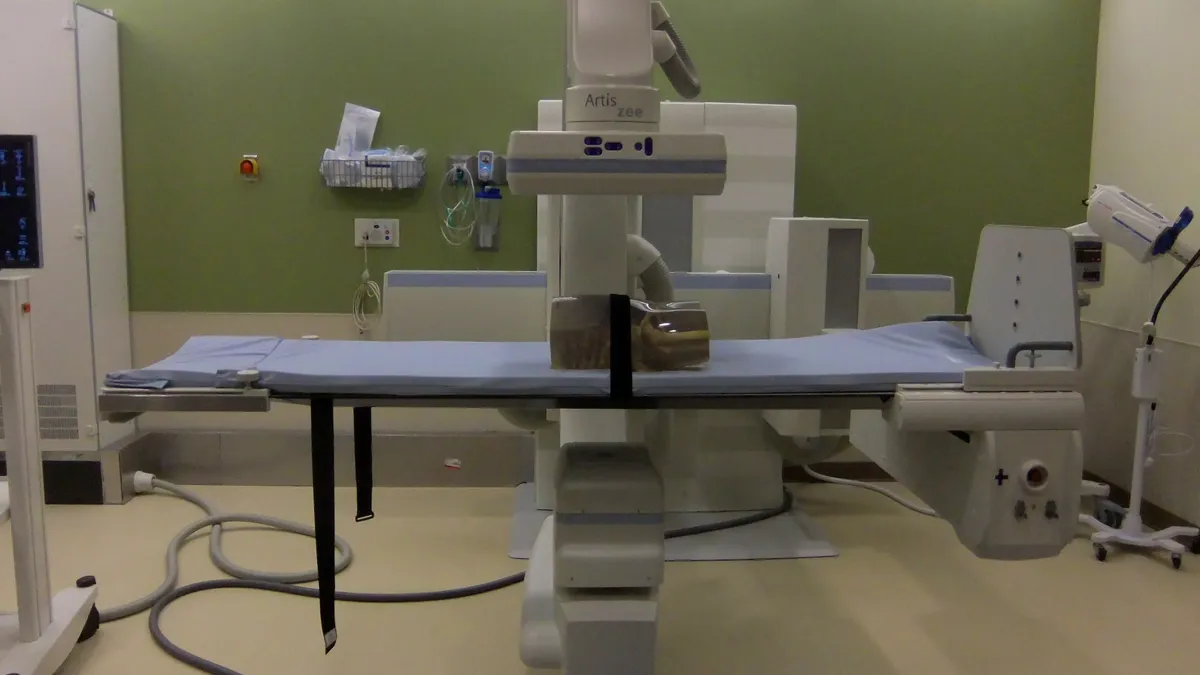Dive Brief:
- FDA is recommending that manufacturers making premarket submissions for devices with quantitative imaging functions include information on performance specifications and supporting data to help end users interpret the numerical values that are generated.
- Quantitative imaging values can result in systematic errors and random variation, which can affect clinical decision making, the agency said in draft guidance.
- The document recommends manufacturers include a product function description, technical performance assessment, and labeling and user instructions in a premarket submission for such devices.
Dive Insight:
Through quantitative imaging, additional information can be obtained from medical images, in the form of numerical values, that goes beyond the typical purpose of identifying a patient's current condition. The information can be used in patient diagnosis or prognosis, determining the choice of treatment, and assessing the response to therapy.
The data can aid in assessing the severity or degree of change in a disease, condition or injury, according to the Radiological Society of North America. Using image-derived metrics, quantitative imaging can help to develop anatomical, functional and molecular imaging acquisition protocols, data analyses, display methods and reporting structures.
But FDA cautioned that quantitative imaging values derived from medical images may be affected by multiple sources of measurement error. Typical sources of error in the imaging values include patient characteristics, how the medical images were acquired, and the image processing algorithm. Understanding the potential sources of error is key to evaluating the performance of a quantitative imaging function, the agency said.
In general, manufacturers preparing premarket submissions for devices that include quantitative imaging functions should provide the following: performance specifications for the imaging functions, supporting performance data to demonstrate that the imaging functions meet those specifications, and sufficient information for the end user to obtain, understand and interpret the values provided by the imaging functions, the agency said.
FDA identified 10 best practices for the technical performance assessment of a device's quantitative imaging function. Those range from determining the applicable metrics for a device and defining performance targets to specifying data requirements such as patient population and type of images.
Labeling should include a description of what is being measured, the algorithm inputs, performance specifications including uncertainty information, instructions for quality assurance activities, and information on the composition of any reference database for which a comparison is provided, FDA said.
The draft guidance applies to all devices that generate quantitative imaging values across a wide range of imaging modalities, intended uses, levels of automation and complexity of algorithm, FDA said. The agency said it considers quantitative imaging values to be objective characteristics measured on a ratio or interval scale.










